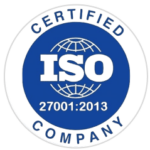The more we reduce ourselves to machines in the lower things, the more force we shall set free to use in the higher.”
Anna Brackett
By Merriam-Webster Dictionary definition, a workflow is:
“The sequence of steps involved in moving from the beginning to the end of a working process.”
For those who are just starting, this very definition can be confusing. Workflow? Process? I was also just as confused as you right now when I first encountered these words. When I started working as a content writer for zenphi, I had no idea what a process or a workflow meant, let alone how they look.
But a bit of digging around led to a lot of understanding. Everything we do is a process, supported by tasks which we call workflows.
Workflow Example
Let’s say that you want to stay energized throughout the morning. One of the ways to achieve that is to have a hearty breakfast. How do you prepare breakfast? By washing and cutting fruits and vegetables and cooking them.
See where I am going?
Since your goal is to stay energized and you can achieve that by eating breakfast(the process). To have breakfast means washing and cutting ingredients and cooking them.
In other words, you achieve your goals by establishing the right processes. Within each of those processes are workflows — detailed steps to help you execute a process.
Now, let’s bring the concept to the business setting.
Even as simple as creating signup forms for your email list is part of a process.
Before we dive in, I’d like to share a bit of information as to how workflow became one of the focuses of business operations efficiency.
With the rising number of industrialization, the demand for efficient daily operation also increased. In the early 20th century, Frederick Taylor and Henry Gantt conceptualized workflow to help improve industrial efficiency.
Their study focused on time and motion. In turn, it helps pinpoint the time it takes for each employee to complete a task from start to finish. Their work helped uncover areas of operations that waste time and resources. Once discovered, owners, overseers, and managers will be able to provide the right solution to reduce or eliminate these wastes.
Over time, this concept was polished and was integrated into all manner of businesses to help improve the efficiency of every aspect.
Establishing a workflow helps you:
- Knowing the necessary steps to complete a sequence
- Track who is working on what
- Measure how long it takes to finish each step
By understanding these key points, you get to establish solid processes that are supported by streamlined workflows.
Measuring and tracking everything you do lets you optimize and implement the right changes. It will, in turn, increase the efficiency and productivity of your daily business operation.
The main benefits of workflow
- Reduce error in all aspects of your business. Workflows serve as astringent guidelines when it comes to performing tasks in line with the set standards.
- Improves communication and transparency within the team. With workflows aiding your daily operation, micromanagement is significantly reduced. It is clear to everyone what tasks they should be doing, and the expected result.
- Ensures every task is complete. Workflows follow a sequential pattern, with a documented workflow in hand, you can easily track what tasks are complete, and how many steps are still left to complete the process.
Lastly, you can automate workflows. To err is human, but with the use of automation tools, you can significantly reduce error and redundancy, if not eliminated.
In a business setting, workflows can be long and intricate. When manned by a person alone, errors and lapses are bound to happen. The good thing is, with the technology and tools we have right now, you can automate a huge part of your workflows.
Why do we need to automate workflows?
Automation aims to take care of all the mundane and repetitive tasks involved in your processes, sometimes with the help of AIs. This will give your employees the freedom and time to go after the more complex tasks that you need to prioritize.
Imagine a team of ten individuals who can perform tasks fit for a hundred people without sacrificing time and quality. That’s what workflow automation can do for you. It will streamline and execute your tasks based on the workflow rules you have established.
Imagine if half of the tasks involved in a process are automated? You’ll have more time on your hands, and you have fully executed a process from start to finish in half the time it usually takes you before you automated.
Ready to get started?
Take time to establish the right workflow
The first order of things before you can start automating is to establish a workflow. And not just any workflow but one that has all the right steps.
The why of it was perfectly summarized by Bill Gates when he said:
“The first rule of any technology used in a business is that automation applied to an efficient operation will magnify the efficiency. The second is that automation applied to an inefficient operation will magnify the inefficiency.”
If you already have your processes in place, take time to review them. Evaluate each step if they follow the current best practices of the business landscape. Eliminate the ones that are not necessary. Lastly, be detailed as much as possible.
Document your workflow using Google Workspace
There is no doubt countless process and workflow documentation out there, but my team and I love Google Workspace. Formerly known as G Suite, it contains a host of productivity tools such as a business email, video conferencing, cloud storage, in-team chat app, and docs, sheets, slides for content creation. All perfect for teams looking to collaborate efficiently.
We mainly use Google Docs to document our processes/Workflows. We create a Google Docs document per process and use its collaborative editing to document the process.
Here is a simple workflow example that we have established on Google Workspace. This was a simple email subscription process:
Creating a form → Reader/audience subscribes → Store the information in a Google sheet → Send confirmation and welcome email
Each section has a corresponding document that we have also saved in our shared Google Drive.
Another example of a simple Employee Hiring Process:
Establish Application Form → Applicant signs up using the form → Email is received → Hiring Manager is informed → Applicant’s information is gathered and stored → Interview will be scheduled → Reject or accept the applicant
You will have to perform both workflows manually. Imagine having to do this every single time for every form that comes in. Just the thought of it is draining already.
Good thing these documents and systems can be automated to “work”, “cooperate”, and “talk” to each other with simple triggers and workflow rules.
Automate your Google Workspace workflows using zenphi
Zenphi is a workflow automation platform aimed at teams who are heavy Google Workspace users.
This automation platform is built from the ground up on Google cloud to service businesses and individuals who depend on Google when it comes to their processes and workflows. It’s intuitive, easy to use, and does not require you to have coding knowledge.
You only need to drag and drop the right commands from its selection, and you will have streamlined workflow automation for your business in no time.
Just three easy steps and you can now easily establish a functional and reliable Google workflow using zenphi that you can use for your recurring tasks every day.
The three steps of zenphi workflow automation tool:
Connect
Refers to all kinds of tools and services that zenphi can interact with docs, sheets, slides, and all other applications within Google Workspace. Zenphi took it a notch higher by also being able to “talk” to other third-party tools such as Hubspot, Slack, Salesforce, Twilio, LinkedIn, and more.
If your tool is not on the list, you can always make a request. And, depending on the user-demand, zenphi might consider it during their next feature rollout.
Design
Designing your workflow has never been made this easy. Unlike other automation tools that require you to have coding ability like App Script, with zenphi, you can drag and drop actions that best suit your workflow.
As simple as that, yet no less powerful and dynamic.
Trigger
In case you are wondering how this whole workflow automation business works and how it is activated, then read on ahead.
The trigger is what we call that particular event that kicks off certain business process automation into action. A good example is when somebody submitted information through one of Google forms. That form happens to be part of your, perhaps, employee hiring process.
The information submission was the trigger action that activated the Employee Hiring process automation. Clicking the “submit button” will trigger a sequence of action until the entire Hiring process is complete, and necessary information was properly en route to the right people and systems. It could be automatically informing the hiring manager that a candidate has submitted information. Or pull calendars to schedule an interview.
Automate your email subscription signup process with zenphi
Here is a good example of how we use zenphi to automate a simple email subscription signup process:
Step 1:
Create a Google Form in your Workspace. Since this is an email subscription process, we chose the contact form.
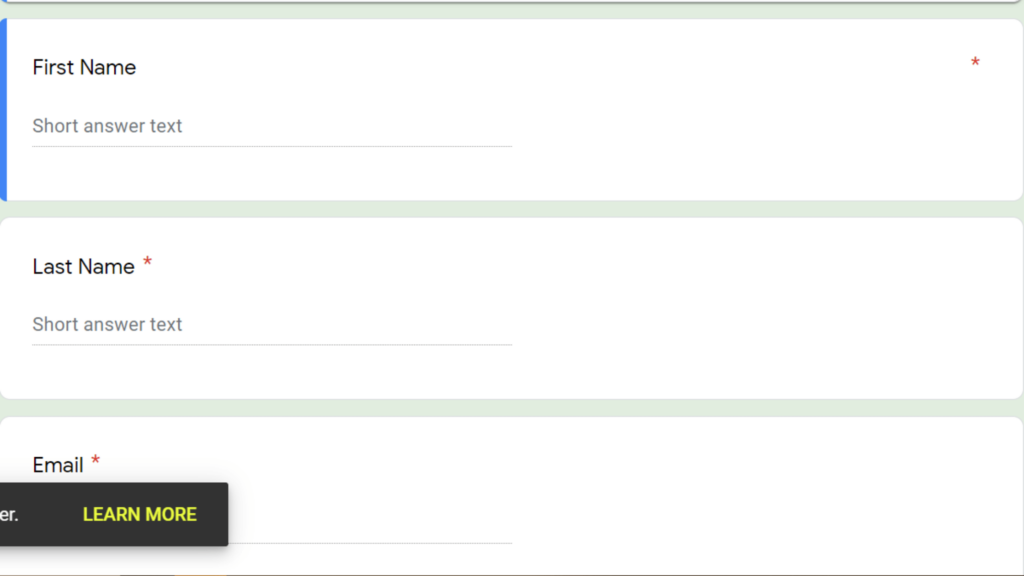
It was followed by creating the Google sheet to store signup information.
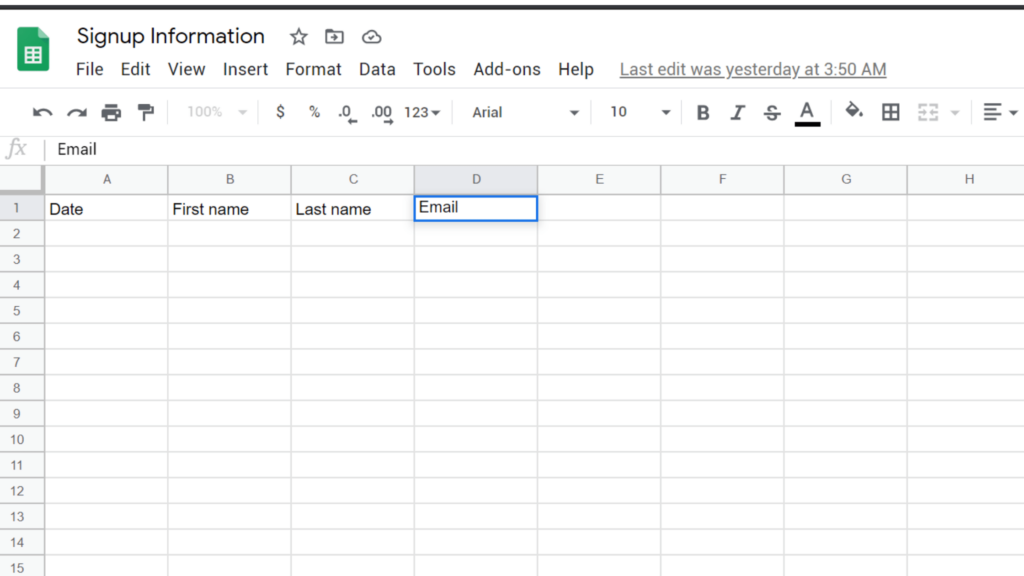
Step 2:
Sign in to zenphi and create a new workflow. Enter the necessary information such as workflow name and description. In our case, we named it Email Subscription.
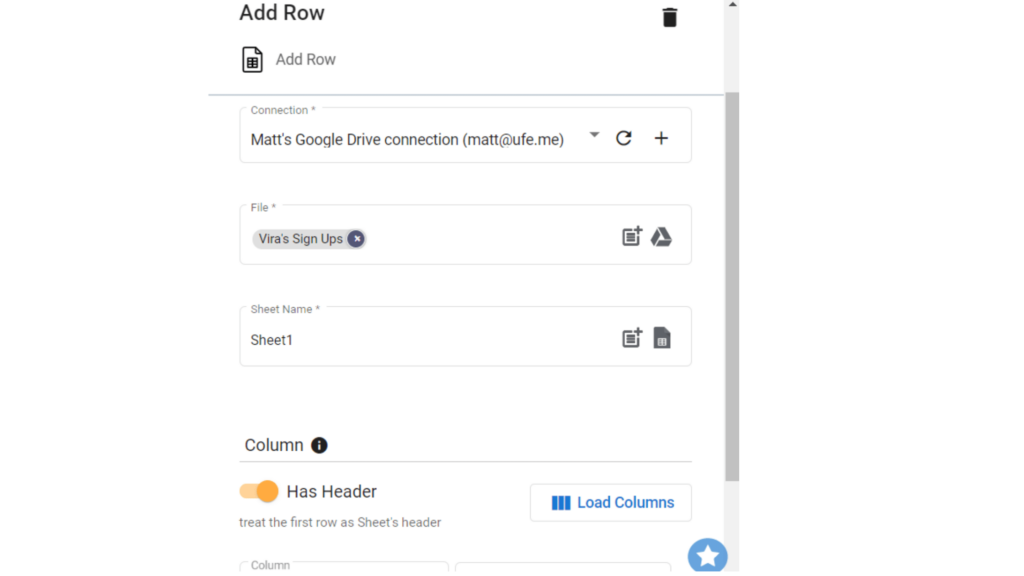
Step 3:
Time to pick what action triggers this automation workflow to start. I picked New Response from Google form.
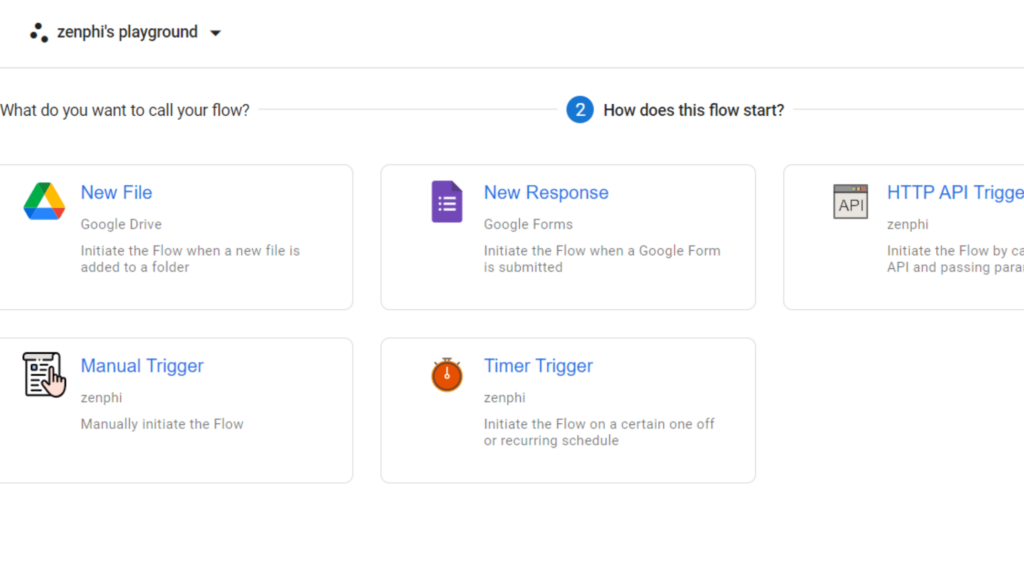
Step 4:
Click create and it will look like this:
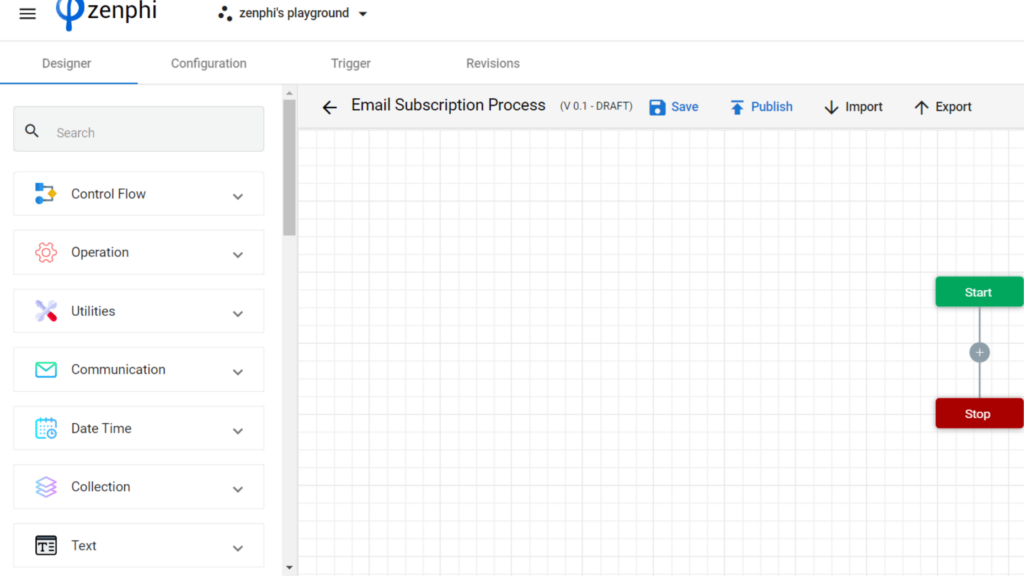
Step 5:
From the selection of elements, click Date Time and drag/drop Current Date Time. simply click the setting icon if you want to specify the time zone.
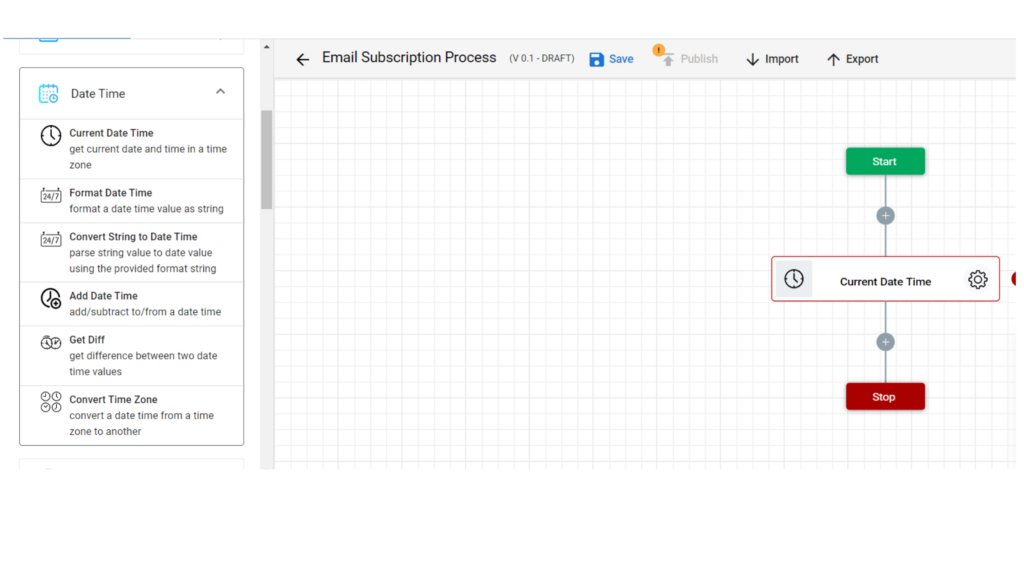
Step 6:
Click Sheets and drag/drop Add Row
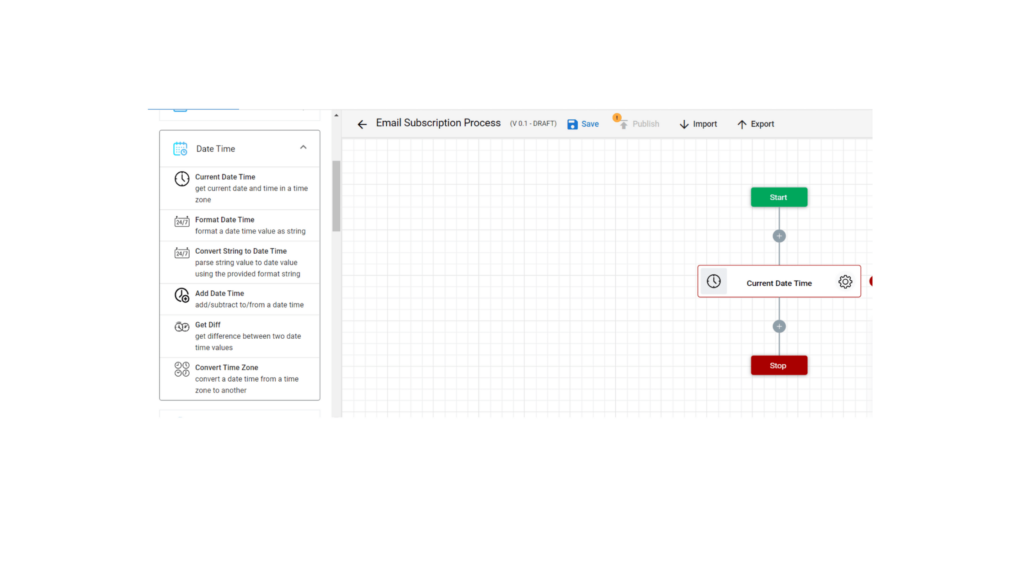
Click the setting icon and fill up the right information. Connection pertains to the tool. In our case, it’s our Google Drive where the Signup Information sheet is. Make sure that you chose the right sheet.
You should also enable the ‘Header’ and add the same number of columns that your sheet has such as date, FirstName, LastName, Email.
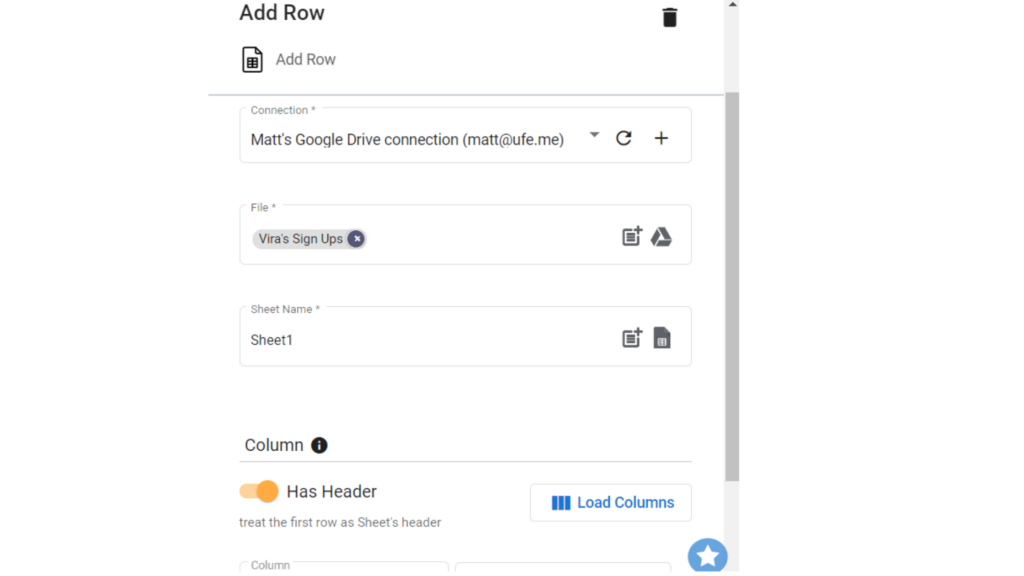
Step 7:
Click Gmail, then drag and drop Send Email.
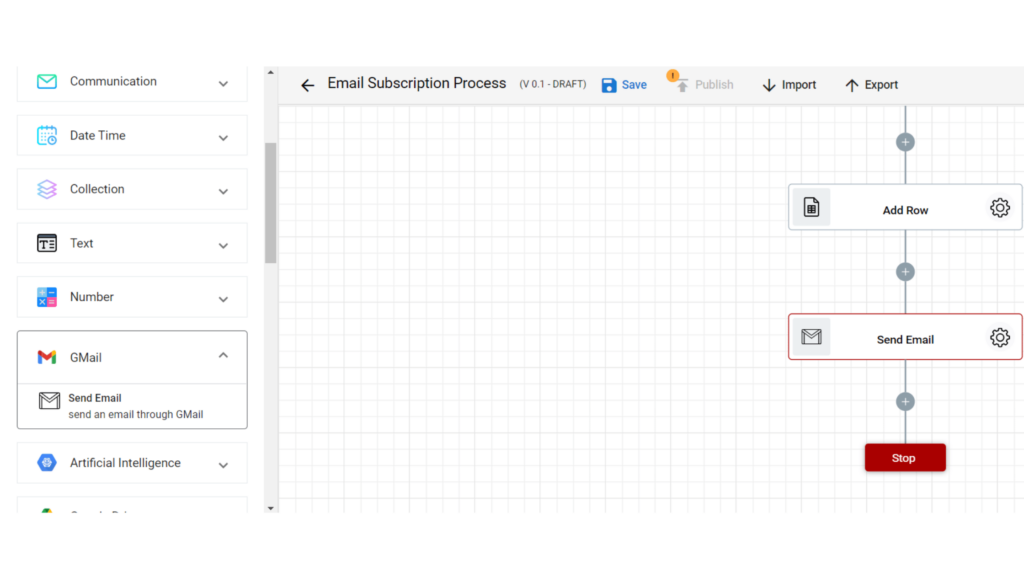
Click the setting icon once more and fill in the right information.
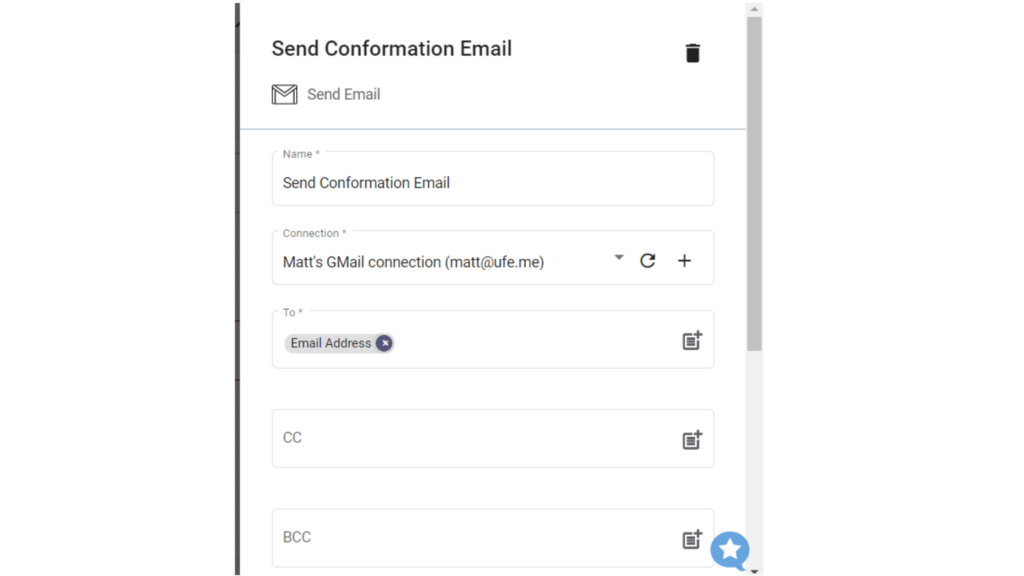
Step 8:
Hit Publish to save your work!
This is what our completed simple Email Subscription Process workflow look like:
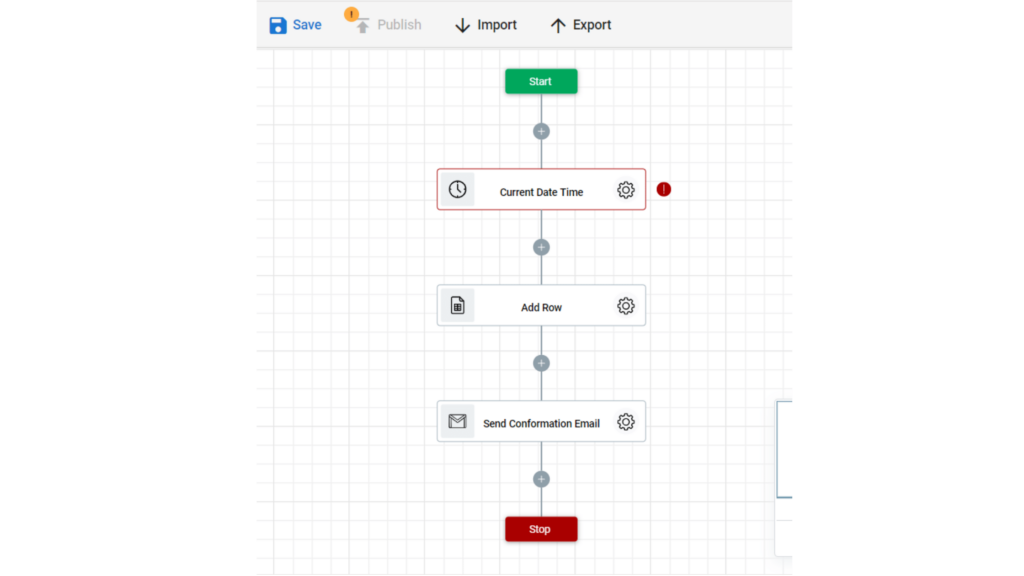
This workflow will run every time someone signups to your form.
If you are interested in more use cases for zenphi, we have several including how to send automatic thank you email, employee onboarding, and more.
Conclusion
Now, more than ever is the time to start implementing Business Process Automation if you are serious about gaining any kind of competitive edge against your competitors. Arm your team with the right tools and lessen all the friction in their work environment.




